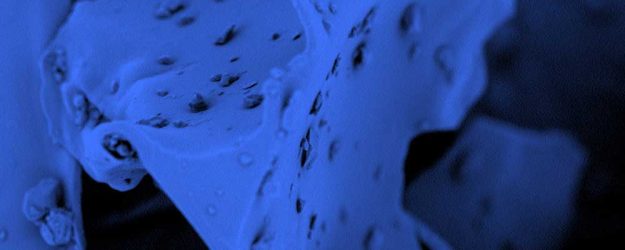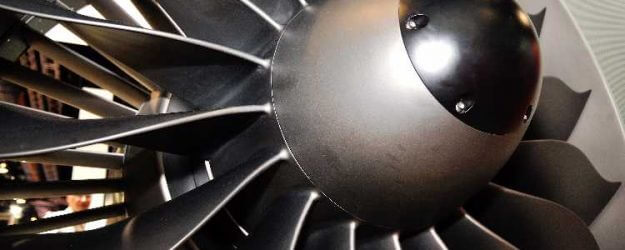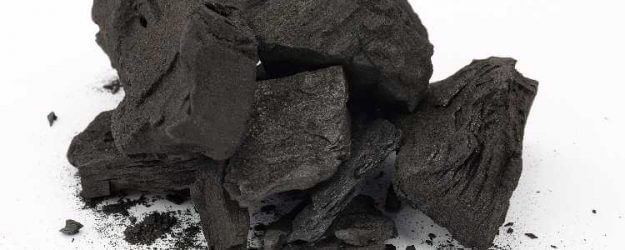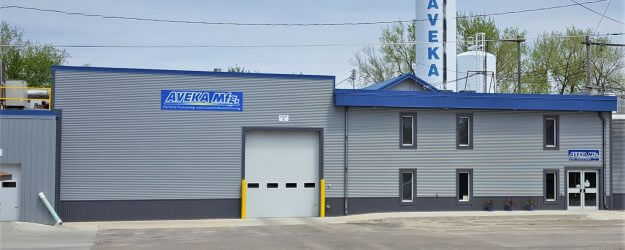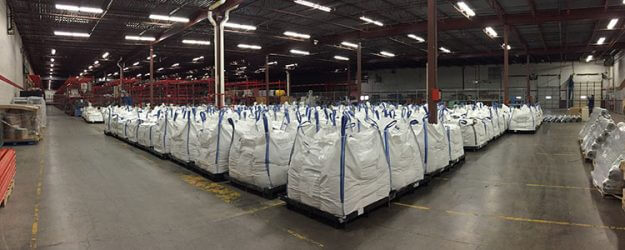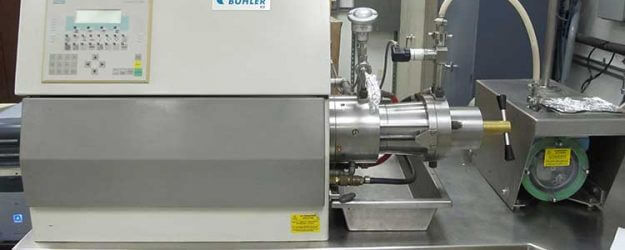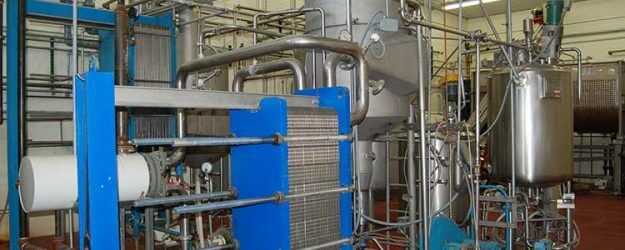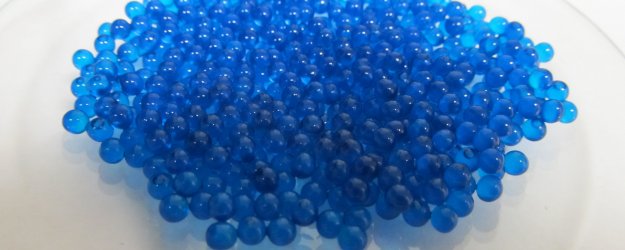What is MAIC?
MAIC, pronounced “mace,” is a patented process used to coat smaller particles onto larger particles or to apply small amounts of liquids onto particles. The system relies on a pounding process in which small magnets in an oscillating magnetic field are fluidized to rapidly force the coating material onto the larger particles. Likewise, the magnets will distribute a small amount of liquid, such as an organosilane, evenly onto core particles and robustly apply them to the surface.
The core and coating materials flow continuously through the magnet beds at rates of 1-270 kilograms per hour. Materials that have been used in this process include food, glasses, pigments, metal oxides, polymers, and organic and inorganic powders.
The MAIC process has a large and permanent effect on the flowability of the treated materials. Traditional methods of adding fumed silica to particles help it to flow better; however, the fumed silica is not permanently attached to the surface of the particles and will fall off with relatively minimal forces. After a MAIC treatment, two effects are seen. First, the amount of silica needed to improve the flow is reduced significantly, up to an order of magnitude as compared to the traditional application methods. Secondly, the resultant mixture is stable to shaking and transportation. Essentially, the mixture of small and large particles does not separate, even with the vibration seen with handling. Furthermore, even a dry coated composite particle will not dissociate when the composite is put into dispersion.
An important factor is the average particle size of the materials. The larger particle must be a minimum of 10 times larger than the smaller particle. If the smaller particle is not significantly smaller, then one would not consistently coat the other. Furthermore, denser materials tend to have faster throughputs, where stickier materials have slower throughputs.
The MAIC process not only ensures long term adhesion of particle coatings, but also evenly distributes small amounts coating material so less is needed.
